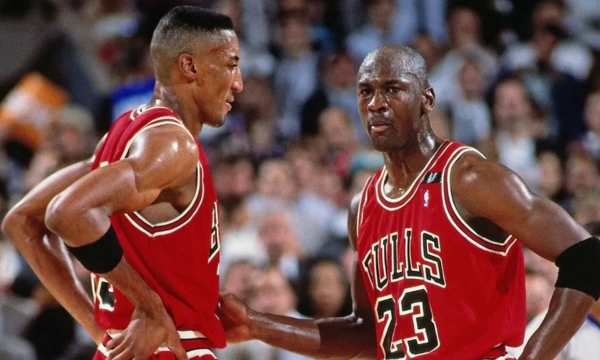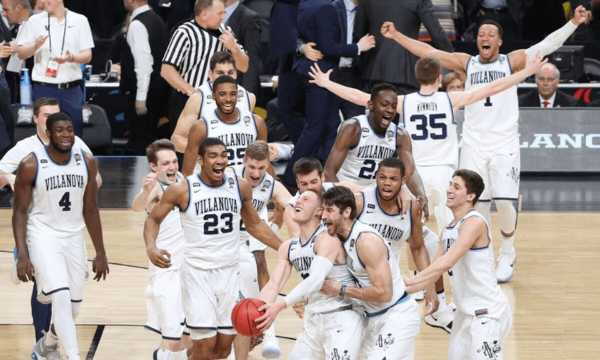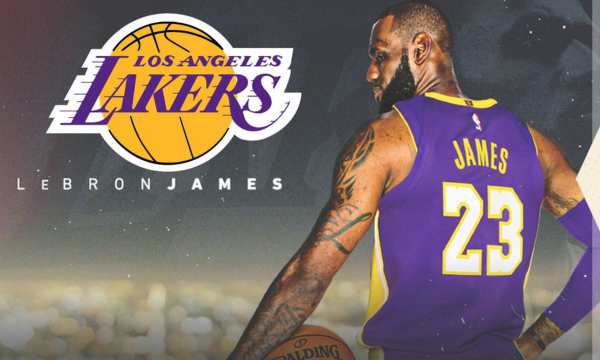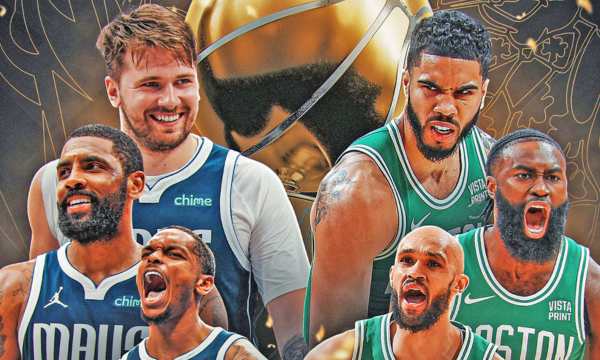Michael Jordan: Learn All About the Court Legend
The journey of Michael Jordan is a lesson in perseverance, talent, and unwavering determination.
Anúncios
His impressive leaps have become a trademark that transcends the sport.
The impressive statistics are just part of the story of this athlete who transformed basketball into a global phenomenon.
Even those who have never watched a basketball game recognize his name and his flying silhouette emblazoned on products around the world.
In this article, we will explore all aspects of Michael Jordan’s career and life, from his arrival in the NBA to his legacy that continues to influence generations of athletes and sports fans.
Jordan’s Arrival in the NBA
The year was 1984 when Michael Jordan arrived in the NBA after a brilliant college career at North Carolina.
Jordan joined a Chicago Bulls team that desperately needed a turnaround, having won only 27 games the previous season.
His impact was immediate and overwhelming, with averages of 28.2 points per game earning him the Rookie of the Year title.
The famous Air Jordan sneakers were launched during this period, causing controversy for violating the league’s dress code.
The NBA fined Jordan $5,000 per game for wearing the red and black shoes, but Nike happily paid the fines as part of a brilliant marketing strategy.
Those early years were marked by painful playoff losses to the powerful Detroit Pistons, who implemented the famous “Jordan Rules” strategy to physically contain him.
Impressive Title Wins
Michael Jordan’s journey to championships truly began when the Bulls hired Phil Jackson as head coach in 1989.
The implementation of the offensive system known as the “triangle offense” finally allowed Jordan to balance his extraordinary individual talent with team play.
The first title came in the 1990-91 season when Jordan and the Bulls defeated Magic Johnson’s Los Angeles Lakers in the finals.
Jordan’s emotional embrace of the trophy became one of the most iconic images in sports.
The following seasons solidified the first dynasty, with consecutive titles against the Portland Trail Blazers and Phoenix Suns.
Jordan demonstrated his versatility by leading the league in scoring while evolving as an elite defender, winning the Defensive Player of the Year award in 1988.
His average of 41 points in the 1993 finals against Charles Barkley and the Suns remains one of the greatest displays of dominance in NBA Finals history.
Building an Unbeatable Team
Michael Jordan’s Chicago Bulls did not become dominant overnight. The construction of that dynasty began with the arrival of Scottie Pippen in 1987, forming one of the most celebrated duos in basketball history.
The addition of power forward Horace Grant provided the physical presence needed to face the tough Pistons in the late 80s.
The arrival of Phil Jackson as head coach in 1989 revolutionized the team with the triangle offense system.
After Michael Jordan’s first retirement, the reformation included the acquisition of rebounder Dennis Rodman, who, despite his eccentric personality, became a key piece in the last three titles.
The 1995-96 Bulls set the record with 72 wins in 82 games, something considered unattainable until then.
Jordan understood that great players elevate their teammates, and his leadership, though often tough, extracted the maximum from each team member.

Pippen-and-Jordan-(Source-Google)
Surprise Retirement and Baseball Adventure
In October 1993, Michael Jordan shocked the world by announcing his first retirement from basketball, just three months after winning his third consecutive title.
The transition to professional baseball surprised everyone, with Jordan signing a contract with the Birmingham Barons, a Chicago White Sox affiliate team.
His performance in baseball was modest, with a batting average of .202 in his only full year in the minor leagues.
Critics were relentless, but few recognized the extraordinary feat of a 31-year-old athlete competing professionally in another sport.
Meanwhile, basketball missed him – TV ratings dropped, and the Chicago Bulls struggled to maintain relevance without their star.
The baseball experience revealed a rarely seen side of Jordan: an athlete struggling with the difficulties of learning and facing public failures.
Triumphant Return and the Quest for the Repeat
With just two words – “I’m back” – Michael Jordan announced his return to the court in March 1995.
Wearing the number 45, as his traditional 23 had been retired by the Bulls, Jordan showed flashes of his former brilliance but clearly needed to regain his rhythm.
In the summer of 1995, Jordan trained tirelessly and returned the following season with the number 23 and a clear mission: to prove he was still the best.
The 1995-96 season resulted in a historic campaign of 72 wins and only 10 losses, culminating in the fourth NBA title.
Jordan was named MVP of the regular season, the All-Star Game, and the finals, a rare triple crown.
The next two years brought two more championships, completing the second consecutive three-peat.
The decisive shot against the Utah Jazz in 1998, his last shot in a Bulls jersey, perfectly represents his career – a crucial moment where Michael Jordan took full control of the game.
Michael Jordan’s Style and Aerial Game
Michael Jordan’s playing style revolutionized basketball with his unique combination of athleticism and refined technical skill.
His ability to stay suspended in the air seemed to defy gravity, allowing for shot adjustments even after the initial jump.
The famous free throw line dunk in the 1988 Slam Dunk Contest immortalized his nickname “Air Jordan.”
Jordan had extraordinarily large hands for his height, allowing for complete control of the ball during dunks and acrobatic finishes.
His tongue out during intense plays became a trademark, an unconscious habit inherited from his father that became a symbol of absolute concentration.
His evolution throughout his career is notable, transitioning from a fierce attacker to a complete player with an impeccable mid-range game.
His aesthetic influence on basketball remains today, with generations of players emulating his characteristic moves.

Michael-Jordans-baskets-(Source-Google)
Jordan’s Training Secrets
His training routines began before dawn and often continued after the team’s official practices ended.
The famous “Breakfast Club” consisted of intense morning workouts before regular team practices.
Jordan turned every aspect of his preparation into a competitive advantage, from physical conditioning to specialized nutrition.
His shooting sessions were meticulously planned to simulate game situations under extreme pressure.
Trainer Tim Grover developed specific protocols that combined speed, endurance, and recovery, exclusively adapted for Jordan.
Mental preparation was perhaps his most significant differential – Jordan created personal rivalries, often imaginary, to stay motivated even after achieving everything.
Partnership with Major Brands
The partnership between Michael Jordan and Nike forever transformed global sports marketing.
In 1984, Nike bet $500,000 on a promising rookie, an astronomical amount at the time, which proved to be the best investment in the company’s history.
The Air Jordan line transcended the world of sports shoes to become a global cultural phenomenon.
The first Air Jordan model, with its black and red colors that defied NBA rules, generated controversy and invaluable publicity.
Jordan expanded his sponsorship portfolio to include giants like Gatorade, with the iconic slogan “Be Like Mike” capturing the universal desire to emulate his excellence.
His collaboration with Warner Bros in the film Space Jam proved his cross-cultural appeal, grossing over $230 million worldwide.
By 2020, the Jordan brand generated over $3 billion in annual revenue for Nike, with Jordan personally receiving hundreds of millions in royalties.
Who is Michael Jordan Off the Court?
Off the court, Michael Jordan reveals fascinating facets that complement his competitive personality.
The purchase of the Charlotte Hornets for $275 million in 2010 made him the first former player to be the majority owner of an NBA franchise.
Jordan is notoriously private about his family life, protecting his children from public scrutiny whenever possible.
His charitable foundation has donated over $100 million to various causes, with a special focus on education and youth development.
As a businessman, Jordan has built an empire beyond basketball, including car dealerships, restaurants, and his line of exclusive products.
His passion for golf is well known, frequently participating in charity tournaments with celebrities.
Conclusion
Michael Jordan’s story transcends basketball and stands as one of the greatest sports narratives of all time.
His unique combination of natural talent, relentless work ethic, and an unyielding competitive mentality created an unparalleled legacy that continues to inspire athletes worldwide.
The Jordan brand continues to thrive decades after his final retirement, proving that his influence remains unshaken over time.
In a sport filled with extraordinary talents, Michael Jordan remains the ultimate standard against which all greats are measured.
His pursuit of excellence, fierce determination, and ability to rise in crucial moments solidify him as the greatest of all time.
FAQ
How many NBA titles did Michael Jordan win?
What was Michael Jordan’s height?
What made Michael Jordan’s fadeaway so effective?
What is Michael Jordan’s record for points in a single playoff game?
 8 College Basketball Dynasties That Dominated the NCAA
8 College Basketball Dynasties That Dominated the NCAA
In college basketball, some teams were born to dominate. Discover the teams that made history in sports! Anúncios College basketball is one of the biggest sports […]
Keep reading LeBron James: Curiosities About the King of the Court
LeBron James: Curiosities About the King of the Court
Considered one of the greatest athletes of all time, LeBron James has revolutionized the way we see modern basketball. Anúncios His story inspires millions of fans […]
Keep reading From Legends to Newcomers: Meet the Best NBA Players
From Legends to Newcomers: Meet the Best NBA Players
Discover the best NBA players of all time, from court legends to rising stars. Anúncios Over the decades, we have witnessed the transformation of the sport […]
Keep reading